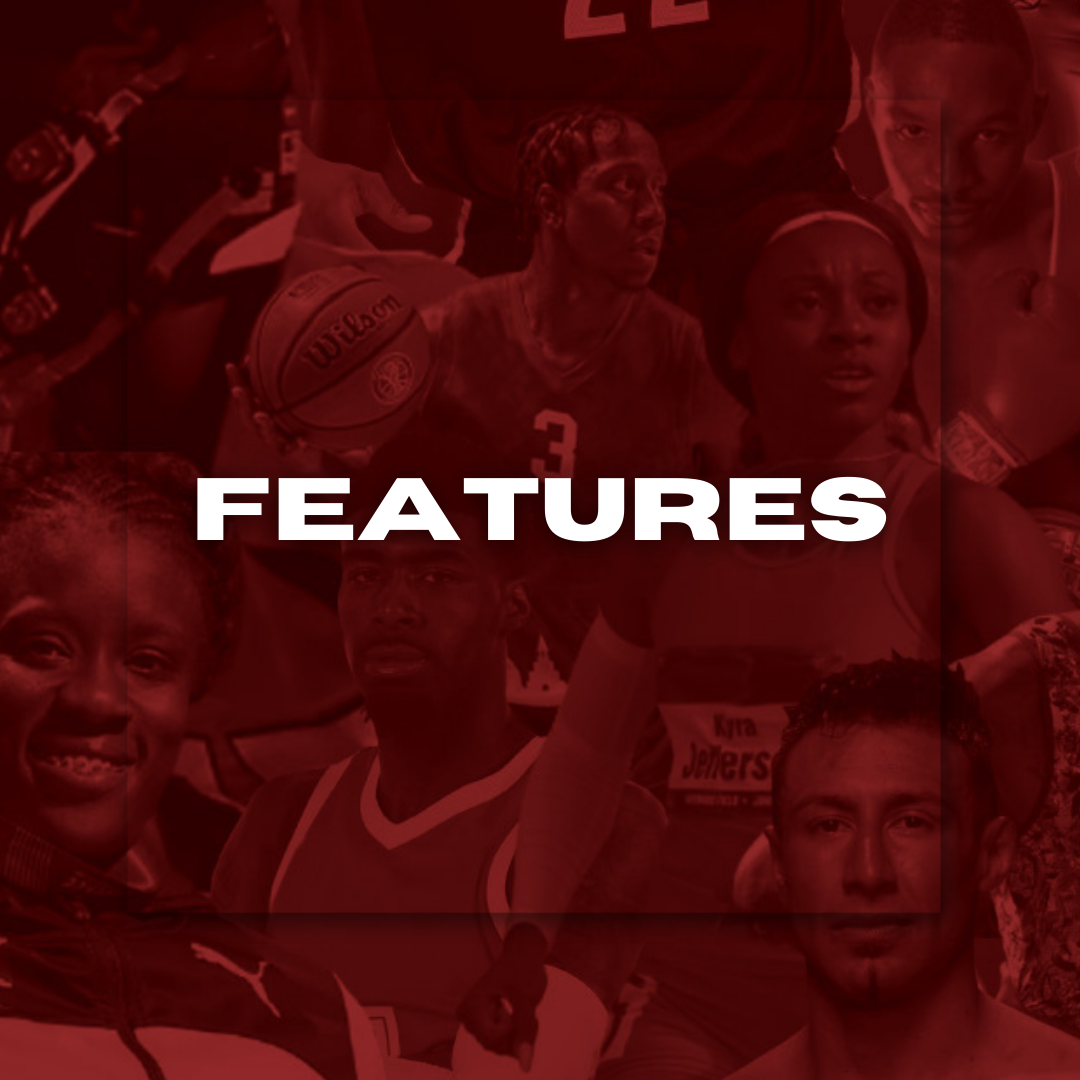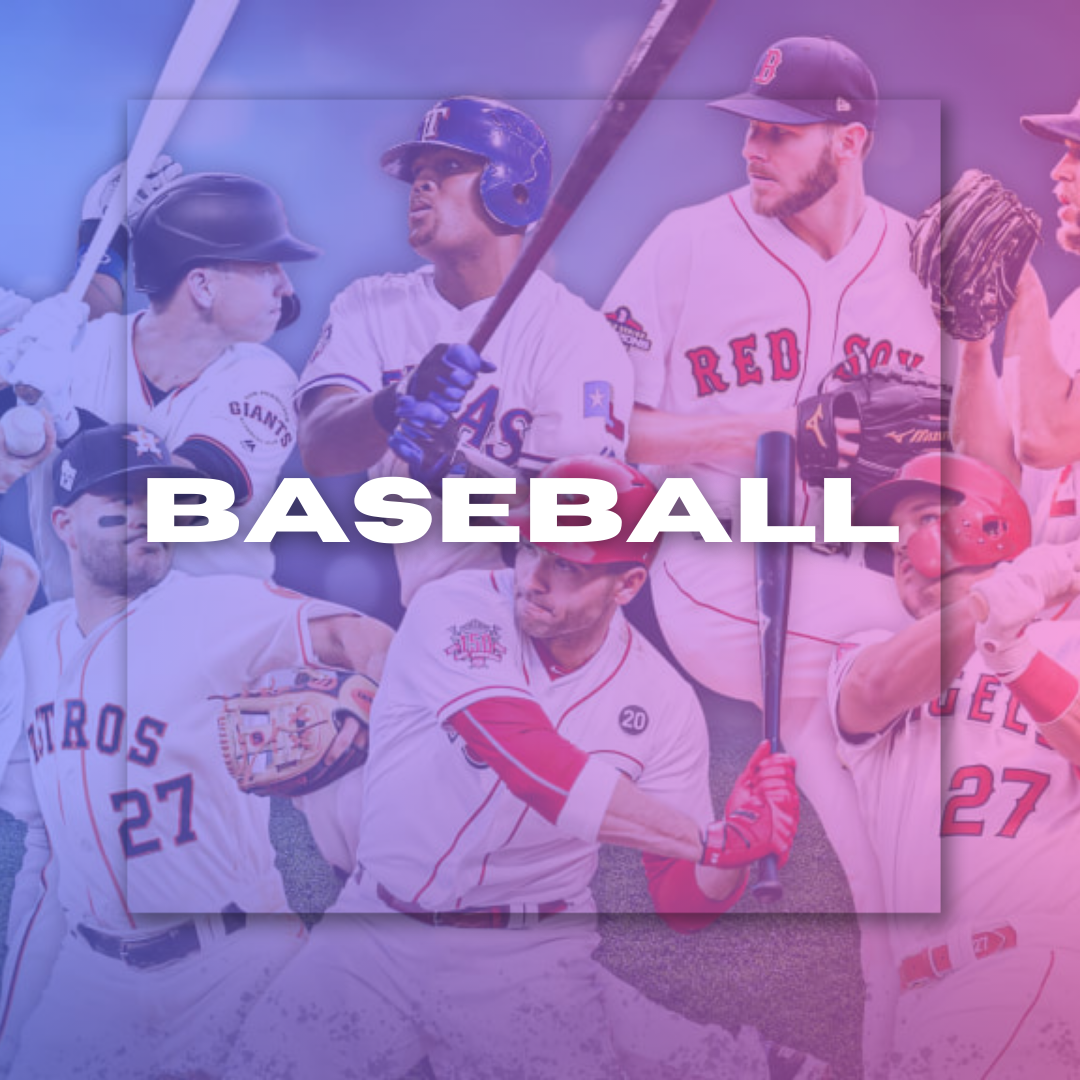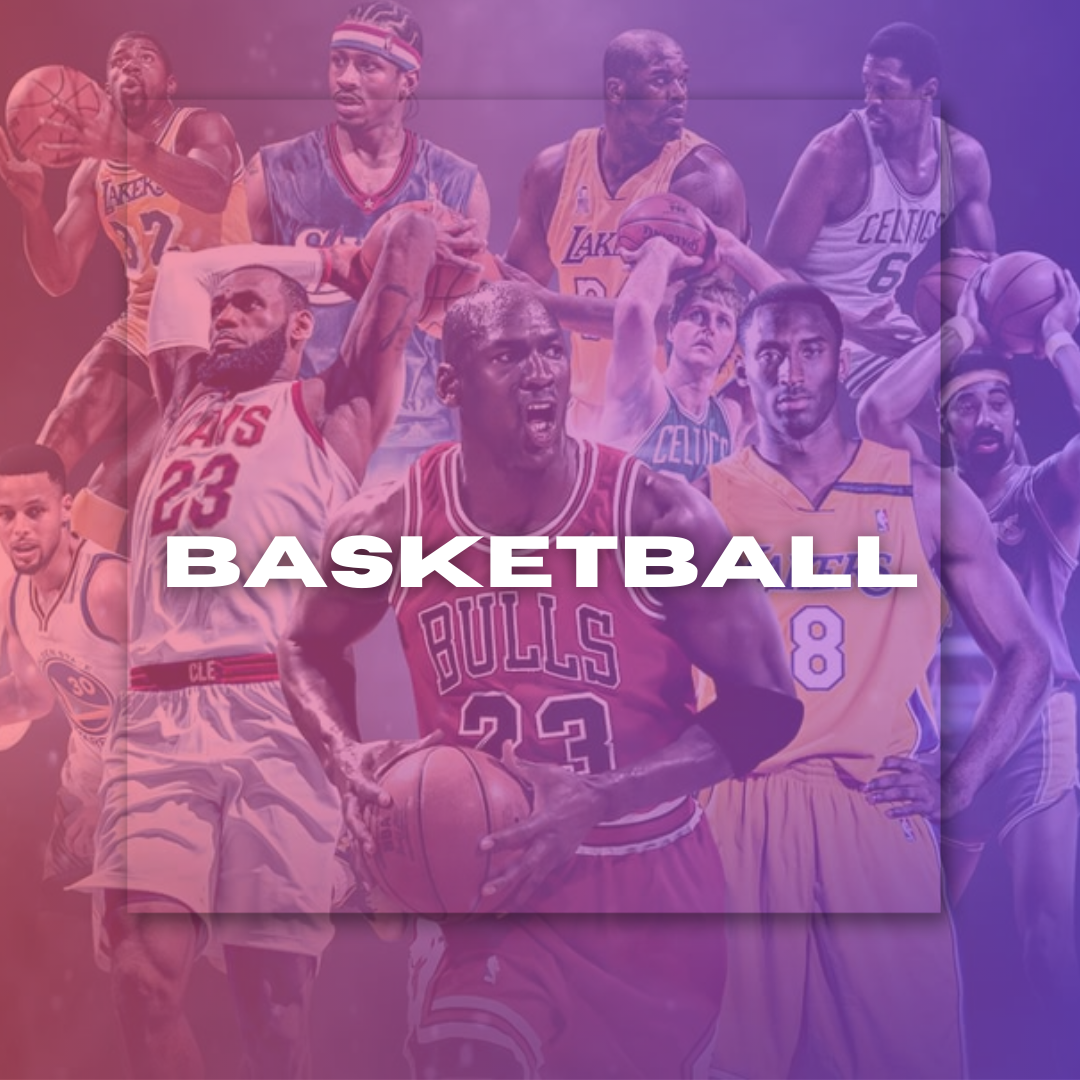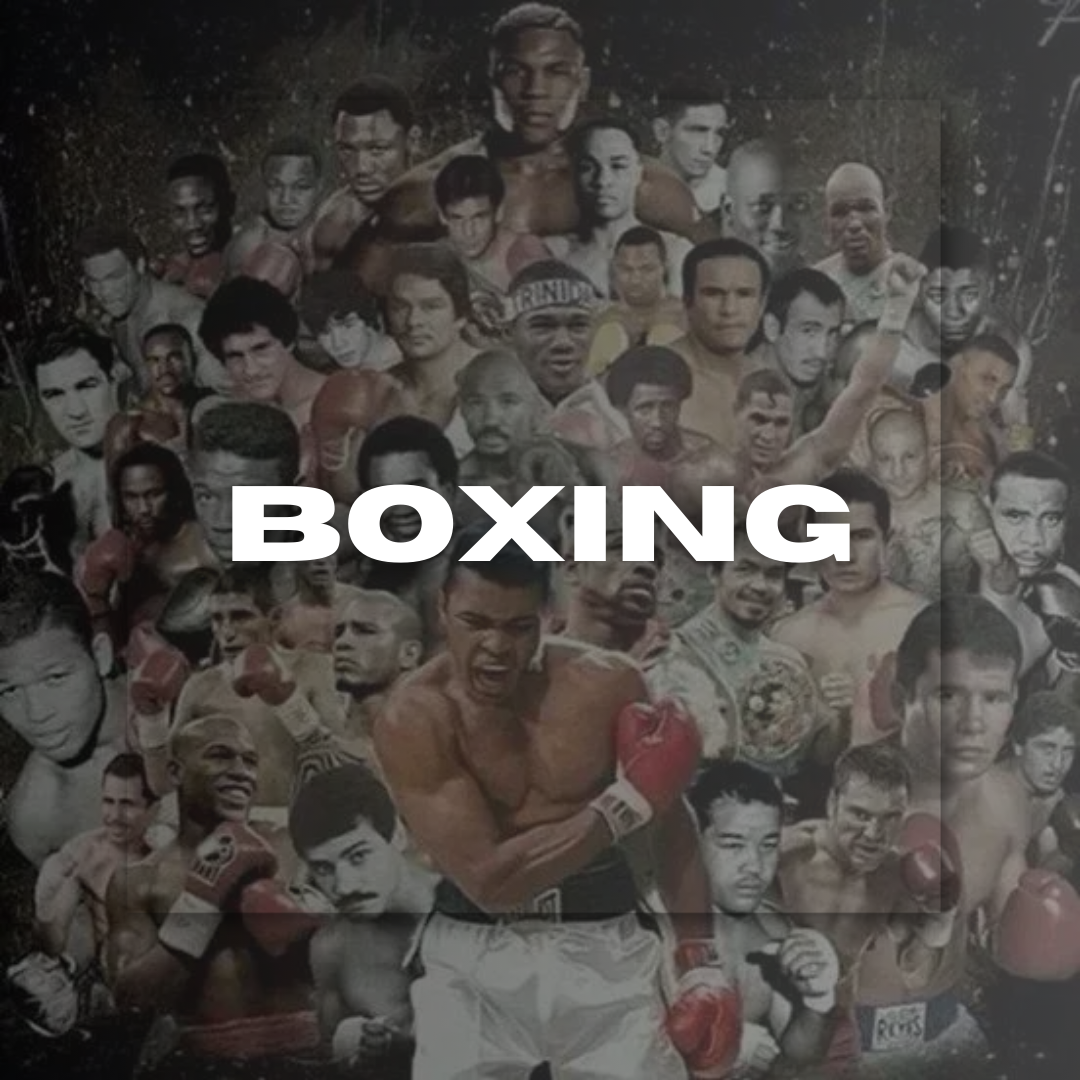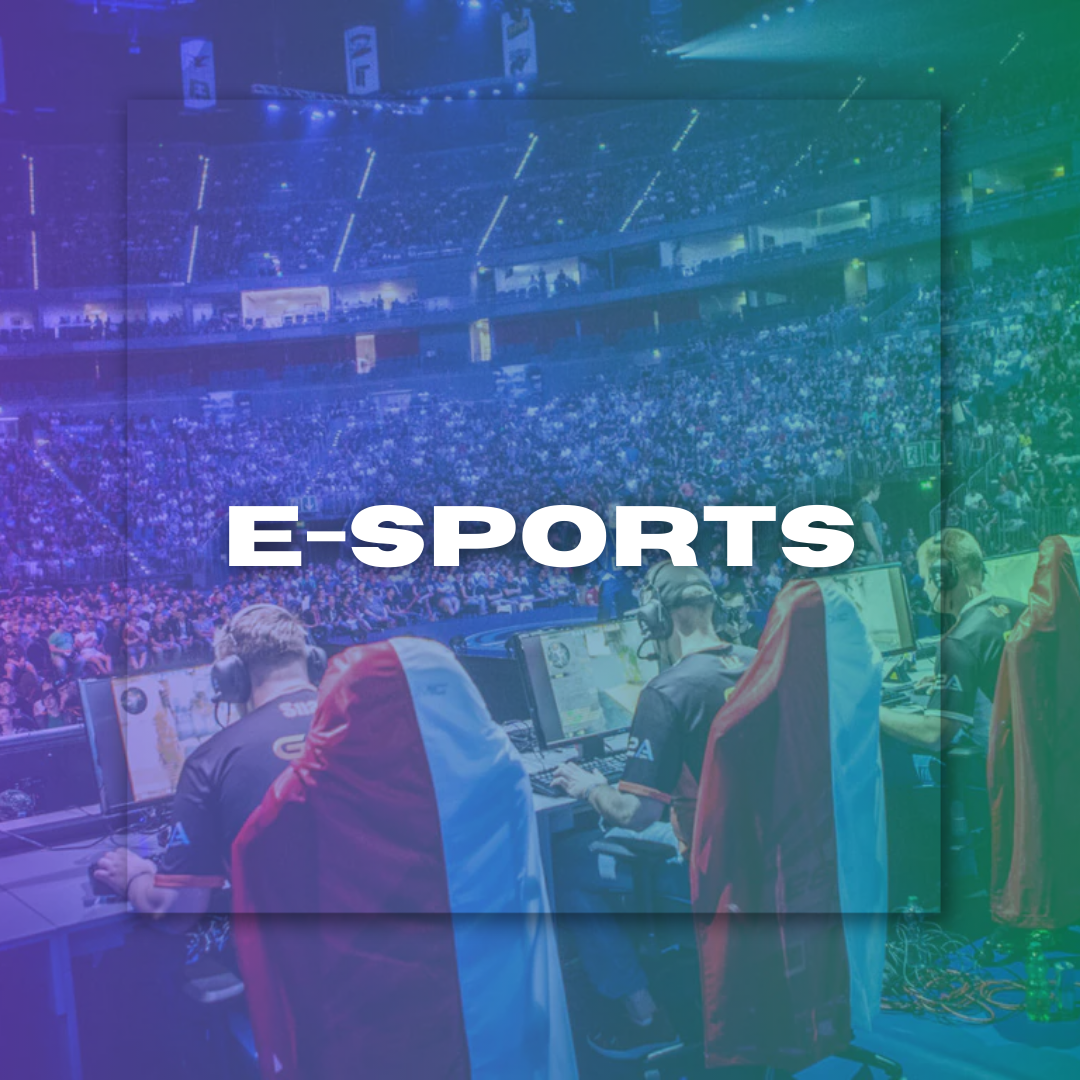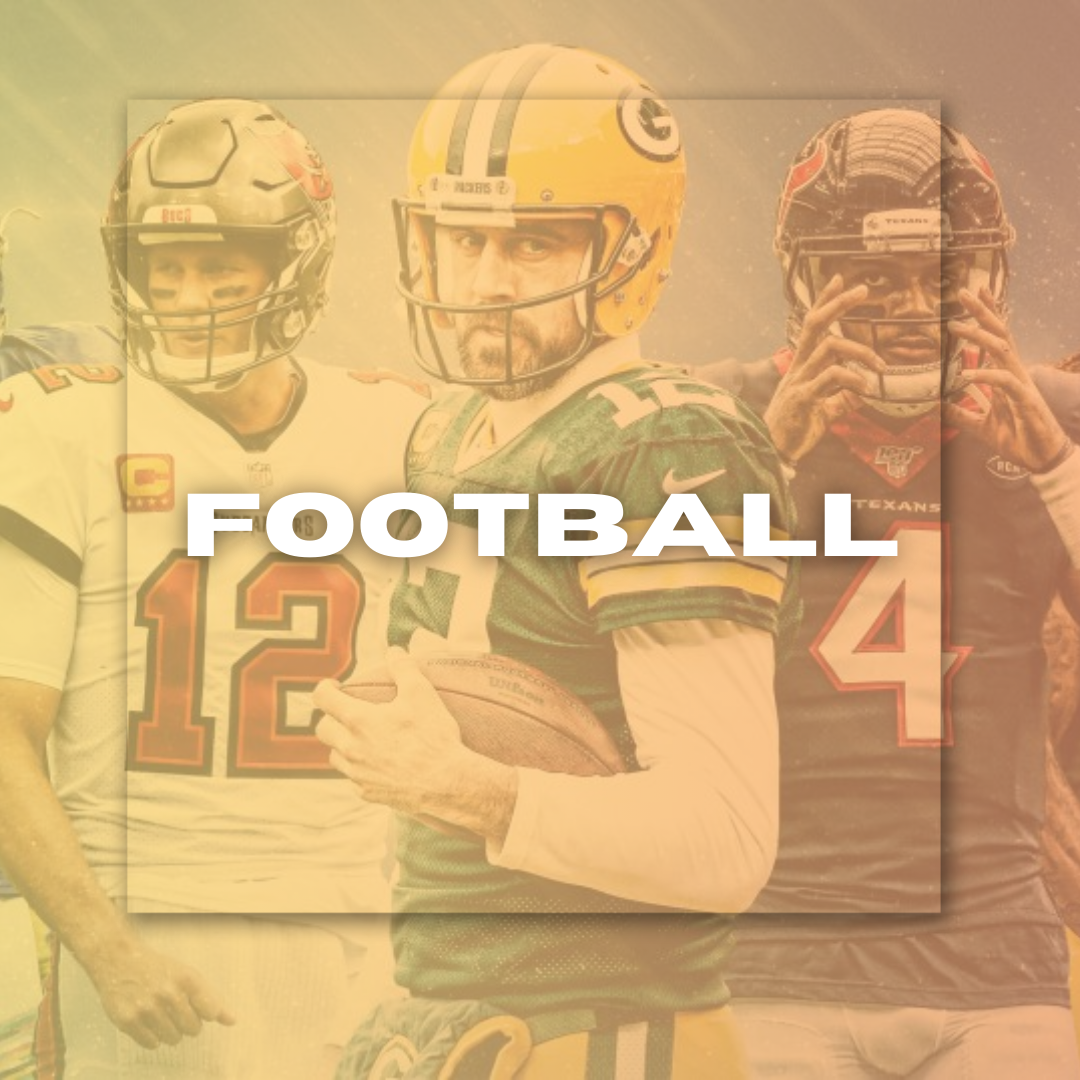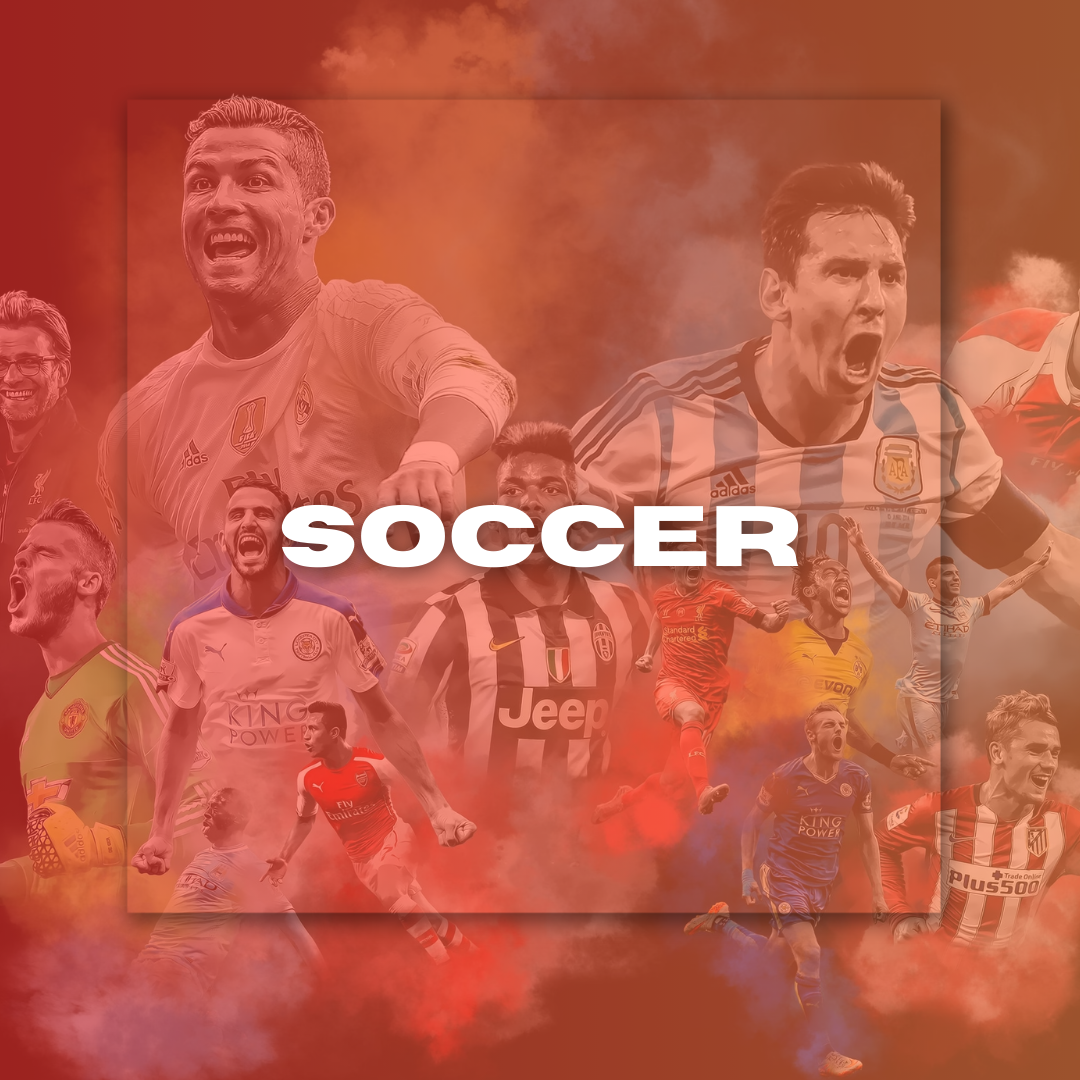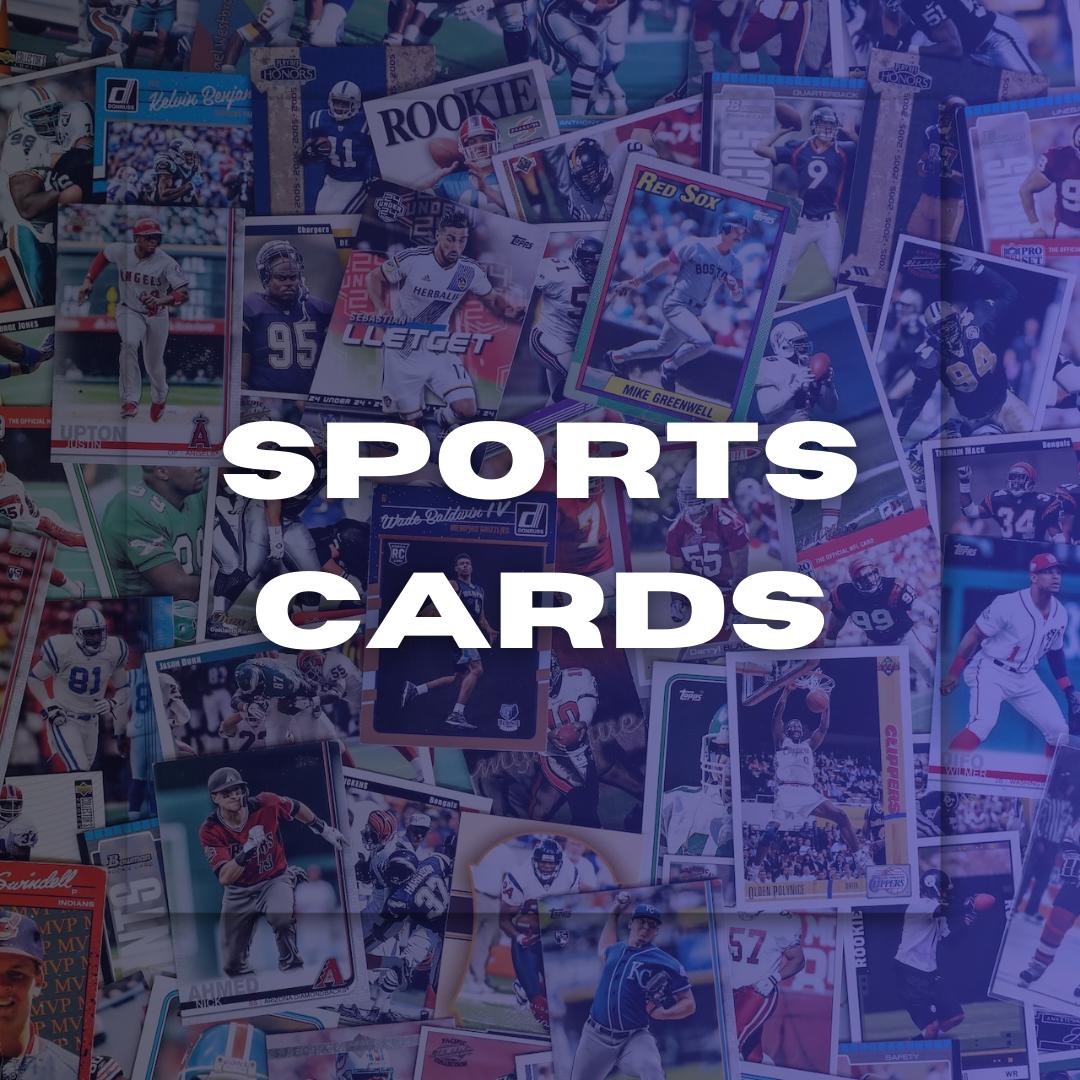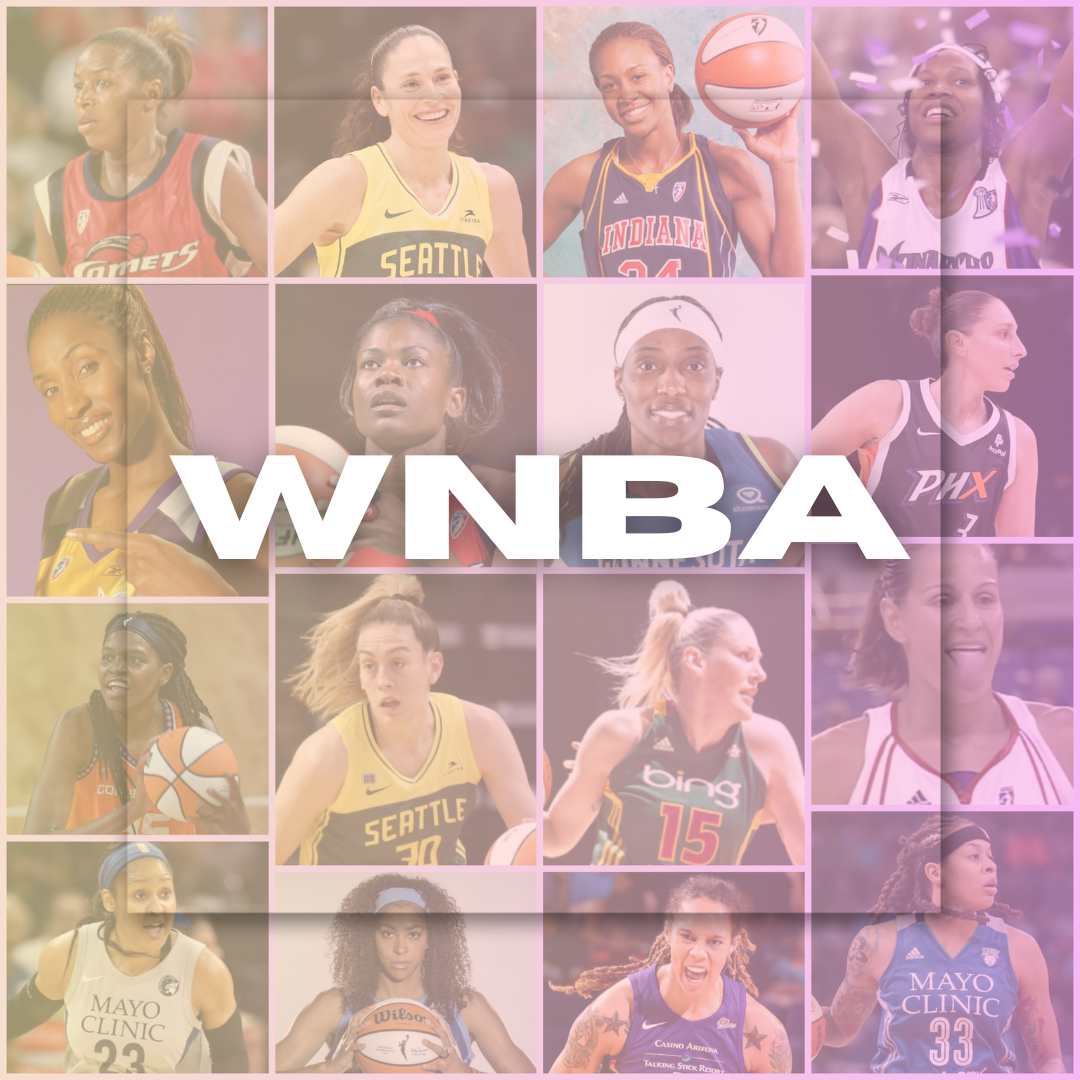
The Ethics of Player Contracts: Fairness in a Competitive Market
The Ethics of Player Contracts: Fairness in a Competitive...
By Jocelyn Alano August 08, 2024 01:27
Player contracts are the lifeblood of athlete-team relationships in professional sports. Not only do these contracts define terms of employment, but they also embody a larger ethical spirit aimed at ensuring fair and just treatment in an increasingly competitive market. As professional sports leagues gain more popularity and financial power, the ethics behind player contracts create a difficult grey area for some. The following piece examines the ethical framework of player contracts, negotiation fairness, power structures, and asymmetry between different information factors that could contribute to potential conflicts.
Understanding Player Contracts
Definition and Purpose
Player contracts in professional sports are akin to enterprise bargaining agreements, setting the stage for a transparent and secure interaction between athletes and their employing entities. These contracts are meticulously crafted to outline the roles, responsibilities, rights, and obligations of all involved parties. However, their relevance extends far beyond the financial figures tossed around the negotiation table. At their core, player contracts are profoundly concerned with welfare, career longevity, and moral values, reflecting the broader ethical discussions prevalent in sports today.
Role of Player Associations
In any case, the evolution of players' rights associations has drastically changed the face of player negotiating in professional sports. It articulates the shared interests of athletes and negotiates more equal terms. Player unions equalize the power dynamic between players and team owners by negotiating on behalf of a group of individuals, giving players who work directly with labor associations forms to have petition provisions in their contracts.
Negotiating Contracts: Ethical Concerns
Fairness and Equity
Fairness and equity are guiding principles of player contracts. These ideas help to align contracts so that they are fair and equitable and consider the needs of both parties well. The fairness of a contract is mostly measured through factors such as market value, performance, seniority, and loyalty. Yes, a player's market value may rise through their performances, but at the same time, contracts must consider a player's long-term service or contributions to such teams.
Power Dynamics
Power dynamics in contract negotiations can skew fairness considerably. Because they typically hold more money and have a stronger position in the negotiation process. The fact that one is not materially involved or financially affected by chosen outcomes is all too powerful. As a result, it may compromise some skilled players and give them less market value, making them more vulnerable and forced into handling unwise decisions. Agents can help offset this discrepancy, but only some have the same opportunities regarding quality representation.
Information Asymmetries
Owners have this information and more regarding how players are truly performing. Players may need the means to access these insights, especially data at a macro level regarding player performance. This discrepancy can result in unfair contract terms because the teams are better positioned to take advantage of their informational edge and obtain more favorable contracts. These asymmetries can only be addressed, and fairness can only be promoted through transparency in negotiation.
Conflicts of Interest
Finally, agents are involved in player contract negotiations. Although agents are meant to be looking out for the best interests of their clients, potential conflicts of interest can occur. Like clubs can act in self-interest, agents may pursue financial gain ahead of anything. This could result in a contract offer that may only partially reflect the worth and position needs from where the player comes through to this point at any stage on another level up. These matters are an example when we hear that the players operating on a mound are best served by ethical conduct agents who obey some standards or regulations.
Collective Bargaining Agreements (CBAs)
One of the most important functions that CBAs provide is ensuring fair player contracts. These agreements between a players' union and league management establish terms such as the salary cap, minimum salaries for jobs in employees, and benefits. They have been used as a tool to enhance competitive parity and financial balance among clubs by ensuring that all players are treated poorly.
Case Studies and Examples
The NBA and Salary Cap
The National Basketball Association (NBA) uses a salary cap to keep teams from spending too much money on players. The idea is to help create a sense of competitive balance and ensure the richest teams do not sign all the top players. At the same time, it raises ethical concerns about how teams invest resources and fill holes in their payrolls and rosters.
The NFL and Player Safety
NFL (National Football League) contracts regularly include health & safety provisions, as the league often accepts the sport's physical nature. However, the specifics of how to write these clauses can be markedly different from player to player, which seems problematic in ensuring standard enough terms so that only some athletes have a fighting chance at due process. It is an example of why ethical deliberation regarding the protection of player health and non-maleficence must permeate how we think about a situation where one category respects confinement while another seeks relaxed standards.
The morality of player contracts in sports dwells on a multi-dimensional ground, ranging from rightful and just distributions to power relations and conflicts of interest. As competition continues to creep in many areas, involvement within a specific area through player values, teams, or agents can always be relaxed. The sports industry can create a more just stage for all athletes if it fosters transparency, follows best practices, and abides by collective bargaining agreements. Above all else, enforcing fairness in player contracts is good for the athletes and makes professional sports better and more sustainable.
LATEST
- NEWS
- |
- ARTICLES
- |
- VIDEOS

























































